Home>Ideas and Tips>Upgrading Your Home’s Basement With DIY Magnetic Flooring System
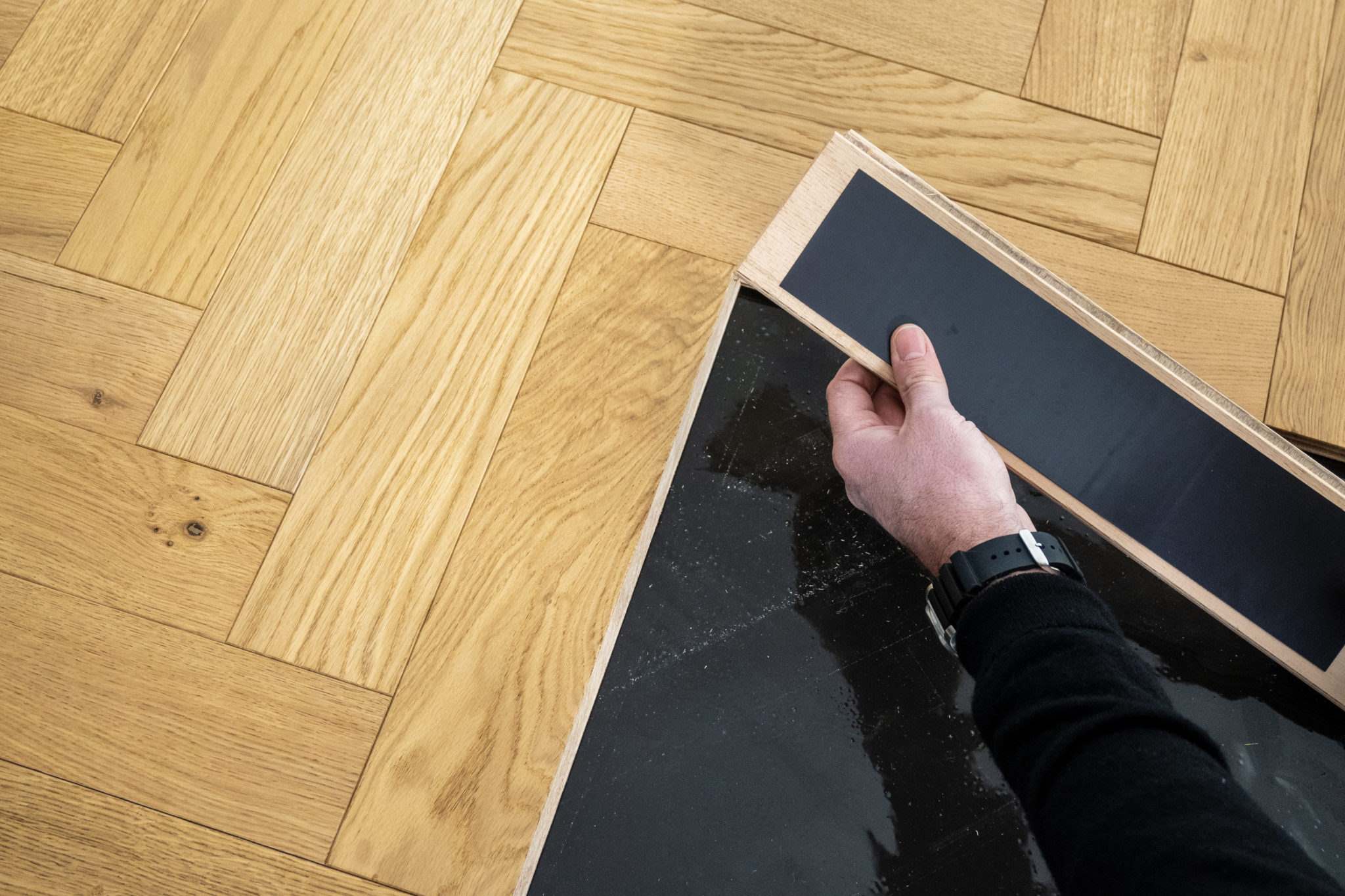

Ideas and Tips
Upgrading Your Home’s Basement With DIY Magnetic Flooring System
Published: August 30, 2024
Upgrade your basement with DIY magnetic flooring. Discover easy installation, cost-effectiveness, and design flexibility for a stylish, functional space.
(Many of the links in this article redirect to a specific reviewed product. Your purchase of these products through affiliate links helps to generate commission for Storables.com, at no extra cost. Learn more)
Introduction
When it comes to upgrading your home's basement, one of the most significant improvements you can make is installing a new flooring system. Traditional flooring methods often require extensive labor, specialized tools, and a significant amount of time. However, with the advent of magnetic flooring systems, homeowners can now enjoy a hassle-free and DIY-friendly way to transform their basements.
In this article, we will delve into the world of magnetic flooring, exploring its benefits, installation process, and why it's an ideal choice for basement renovations. Whether you're a seasoned DIY enthusiast or a novice looking to tackle a project, magnetic flooring offers a straightforward and efficient solution that can elevate your basement's aesthetic and functionality.
What is Magnetic Flooring?
Magnetic flooring consists of two primary components: the floorboard planks and the base underlayment. The floorboard planks are equipped with magnets, which can be integrated in various ways such as trace amounts of iron placed throughout, painted on, or attached via magnetic plates. The base underlayment is a sheet of material with a grip to it, often containing iron particles that create a magnetic bond between the sub-floor and finished floor.
This innovative technology eliminates the need for adhesives, nails, or staples, making it a glue-less installation process. The magnets provide a strong bond that keeps the floorboards in place, ensuring they do not shift underfoot. This feature not only simplifies the installation process but also reduces labor costs and time required for the project.
Benefits of Magnetic Flooring
-
Ease of Installation
- One of the most significant advantages of magnetic flooring is its ease of installation. The process is straightforward and can be completed by DIY homeowners without the need for specialized tools or extensive labor. Simply roll out the magnetic underlayment, open boxes of flooring planks, and start laying them down. If a plank is placed incorrectly, it can be easily pulled up and repositioned without damaging the surrounding planks.
-
Flexibility
- Magnetic flooring offers unparalleled flexibility in terms of design and repair. The planks can be easily rearranged to create different patterns or layouts. If a plank becomes damaged, it can be quickly pulled up and replaced with a new one. This feature is particularly beneficial for high-traffic areas or households with pets, as it allows for quick and easy repairs.
-
Water Resistance
- Many magnetic flooring options are waterproof, making them an excellent choice for basements prone to moisture. The underlayment acts as a sound barrier and helps keep moisture out by preventing it from seeping through the planks. This feature ensures that your basement remains dry and comfortable, even in areas where water might be present.
-
Sustainability
- Magnetic flooring is an eco-friendly option due to its minimal use of volatile organic compounds (VOCs). The absence of adhesives reduces the environmental impact of the installation process. Additionally, the underlayment can be reused or recycled, further minimizing waste.
-
Cost-Effectiveness
- While magnetic flooring might be slightly more expensive than traditional options initially, it offers significant cost savings in the long run. The ease of installation reduces labor costs, and the ability to repair individual planks instead of the entire floor minimizes material waste. This makes it an economical choice for homeowners looking to upgrade their basement without breaking the bank.
-
Minimal Downtime
- One of the most appealing aspects of magnetic flooring is its minimal downtime requirement. Unlike traditional adhesive-based installations that often require 24 hours to cure before walking on the floor, magnetic flooring allows immediate use after installation. This feature is particularly beneficial for commercial spaces or households where functionality is paramount.
Choosing the Right Magnetic Flooring System
When selecting a magnetic flooring system for your basement, several factors should be considered:
-
Material Options
- Magnetic flooring planks can be made from various materials such as vinyl, ceramic, or acrylic-infused hardwood. Each material offers unique benefits in terms of durability and aesthetic appeal. Vinyl planks are often more affordable and easier to install, while ceramic planks provide a sleek and modern look.
-
Brand Selection
- There are several brands offering magnetic flooring solutions, each with its own set of features and benefits. Brands like Nydree and IOBAC are known for their innovative designs and ease of installation. Researching different brands can help you find the best fit for your specific needs and budget.
-
Subfloor Preparation
- While magnetic flooring is designed to be flexible and adaptable, proper subfloor preparation is still essential. Ensure that the subfloor is clean, dry, and level before starting the installation process. This will ensure a smooth and even installation.
-
Design Flexibility
- Magnetic flooring offers extensive design flexibility. You can create various patterns or layouts using the planks. This feature allows you to personalize your basement's aesthetic according to your preferences and lifestyle needs.
Step-by-Step Installation Guide
Installing magnetic flooring is a straightforward process that can be completed by DIY homeowners with minimal guidance. Here’s a step-by-step guide to help you get started:
-
Prepare the Subfloor
- Ensure that the subfloor is clean, dry, and level. Remove any old flooring or debris from the area.
-
Unroll the Magnetic Underlayment
- Roll out the magnetic underlayment across the prepared subfloor. This will provide a solid base for your new flooring.
-
Open Boxes of Flooring Planks
- Open boxes containing your magnetic flooring planks. These planks should have magnets integrated into them.
-
Start Laying Planks
- Begin laying the planks along the underlayment, ensuring they are aligned properly. If a plank is placed incorrectly, simply pull it up and reposition it without damaging the surrounding planks.
-
Cut Planks as Needed
- If necessary, cut planks to fit around edges or corners using a chop saw or other cutting tool.
-
Replace Damaged Planks
- If a plank becomes damaged over time, simply pull it up and replace it with a new one. This feature makes maintenance and repairs incredibly easy.
Case Studies and Applications
Magnetic flooring has been successfully implemented in various settings beyond residential basements:
-
Commercial Spaces
- Hotels, offices, data centers, and other commercial spaces benefit from magnetic flooring due to its ease of installation and minimal downtime requirement. This feature ensures that businesses can operate with minimal disruption during renovations.
-
Healthcare Facilities
- Healthcare facilities often require flooring that is easy to clean and maintain. Magnetic flooring meets these needs by providing a waterproof surface that can withstand heavy foot traffic and cleaning agents.
-
Educational Institutions
- Schools and universities can benefit from magnetic flooring in high-traffic areas such as hallways, classrooms, and cafeterias. The ease of installation and repair makes it an ideal choice for educational institutions.
-
Residential Applications
- Beyond basements, magnetic flooring can be used in various residential areas such as living rooms, kitchens, bedrooms, and even wall applications. Its flexibility allows homeowners to create unique designs that match their lifestyle needs.
Conclusion
Upgrading your home's basement with a DIY magnetic flooring system offers numerous benefits ranging from ease of installation to sustainability and cost-effectiveness. With its flexible design options, waterproof properties, and minimal downtime requirement, magnetic flooring is an excellent choice for both homeowners and businesses looking to enhance their spaces without significant hassle.
Whether you're a seasoned DIY enthusiast or just starting out with home renovations, magnetic flooring provides a straightforward solution that can elevate your basement's aesthetic and functionality. By following the step-by-step installation guide outlined above and considering the various factors discussed in this article, you can successfully transform your basement into a comfortable and stylish living space.
In conclusion, magnetic flooring is not just a trendy technology but a practical solution for anyone looking to upgrade their home or commercial space without breaking the bank or sacrificing functionality. So why wait? Dive into the world of magnetic flooring today and experience the difference for yourself
Was this page helpful?
At Storables.com, we guarantee accurate and reliable information. Our content, validated by Expert Board Contributors, is crafted following stringent Editorial Policies. We're committed to providing you with well-researched, expert-backed insights for all your informational needs.
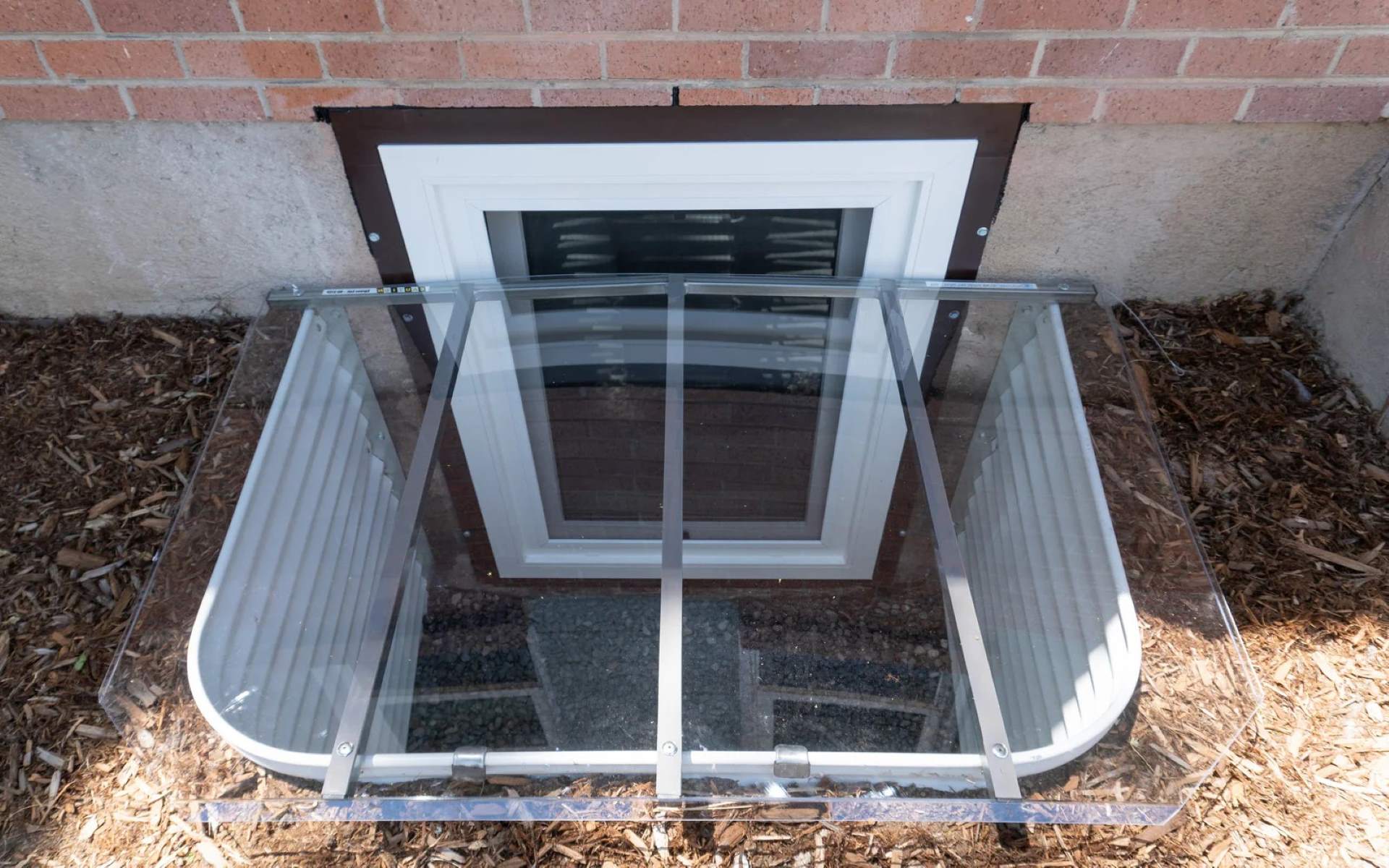
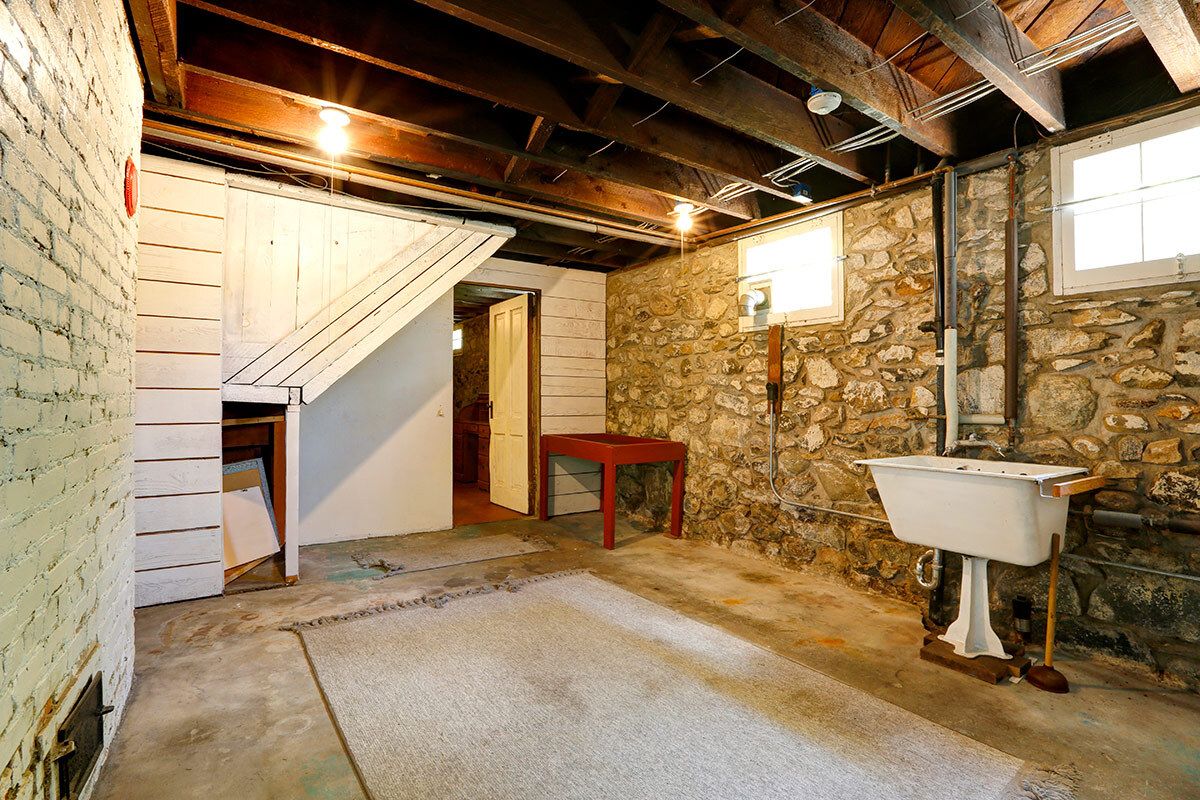
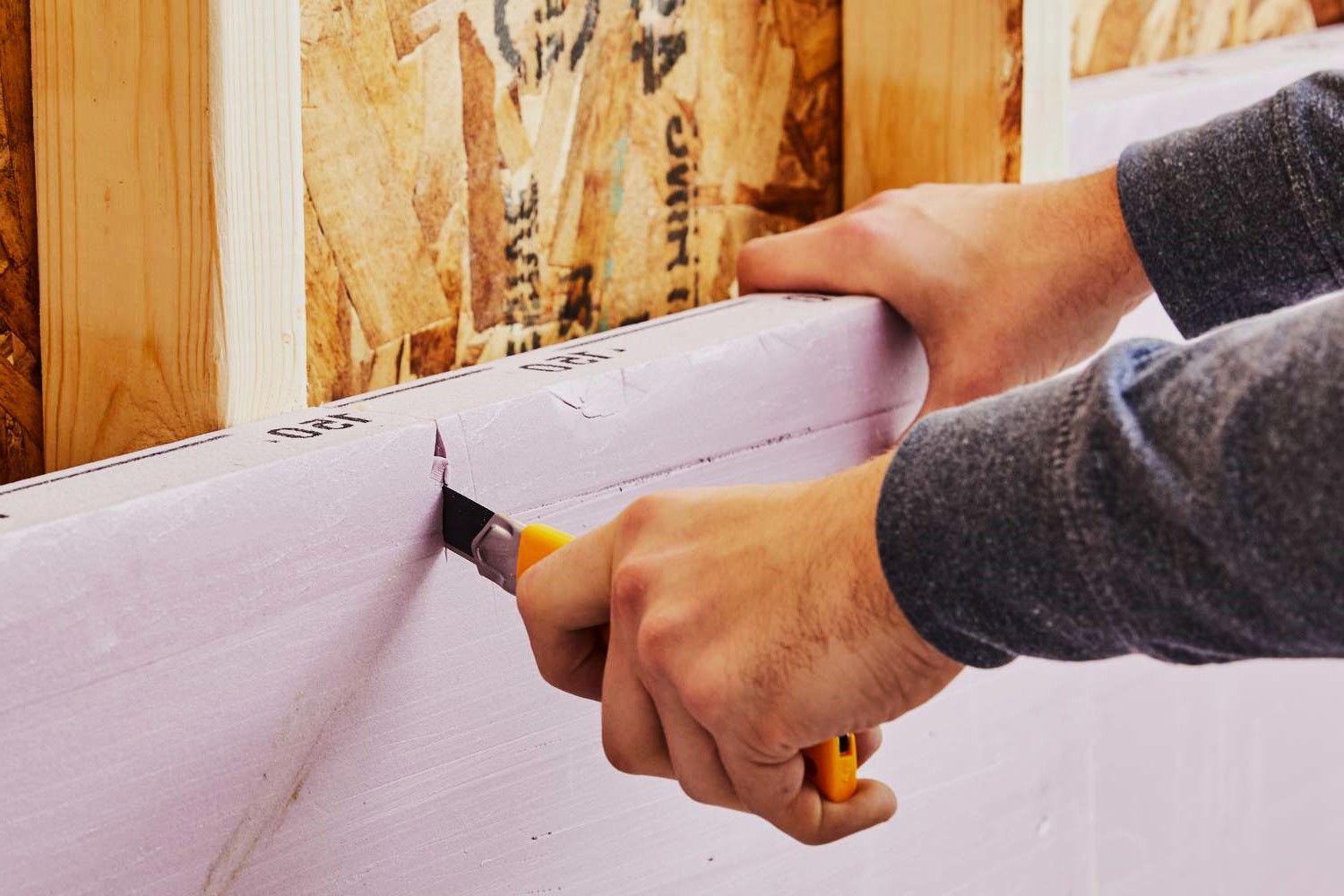
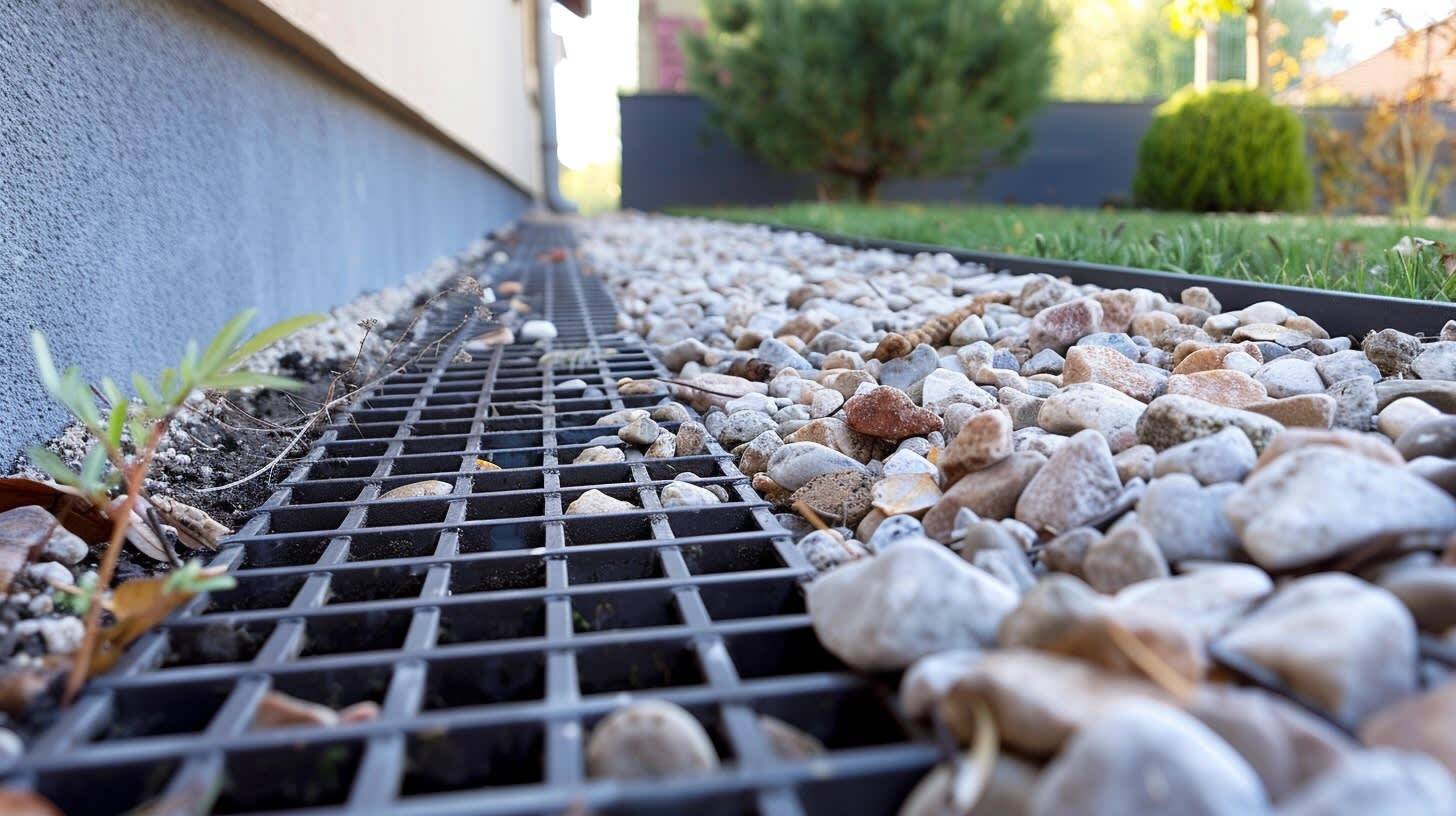
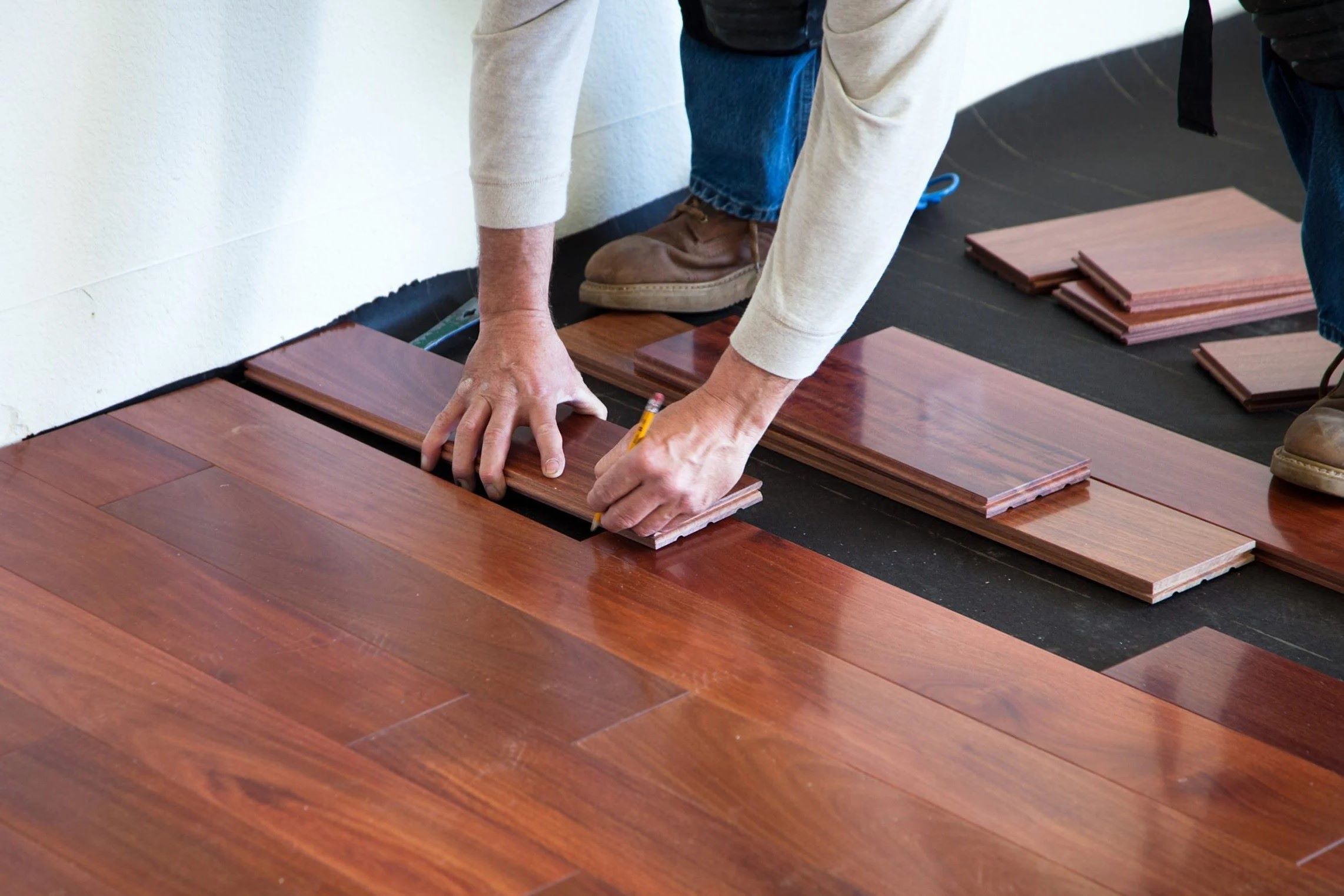
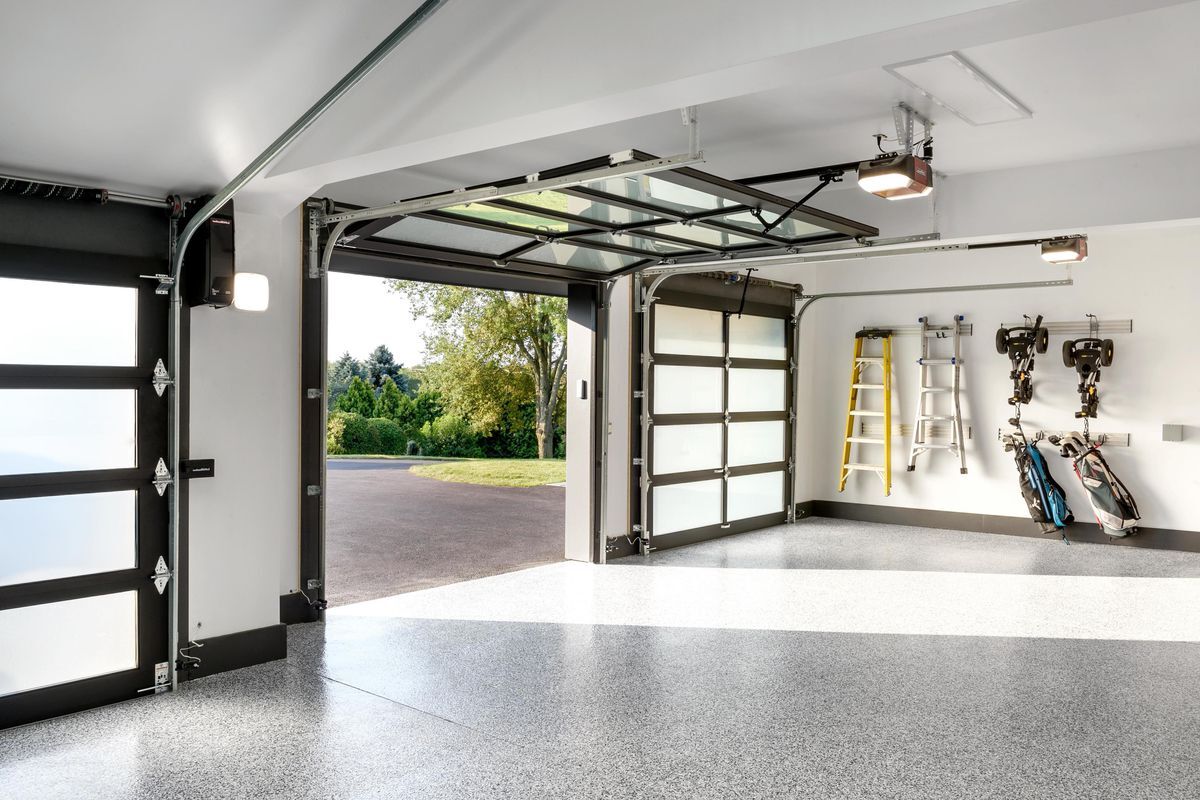

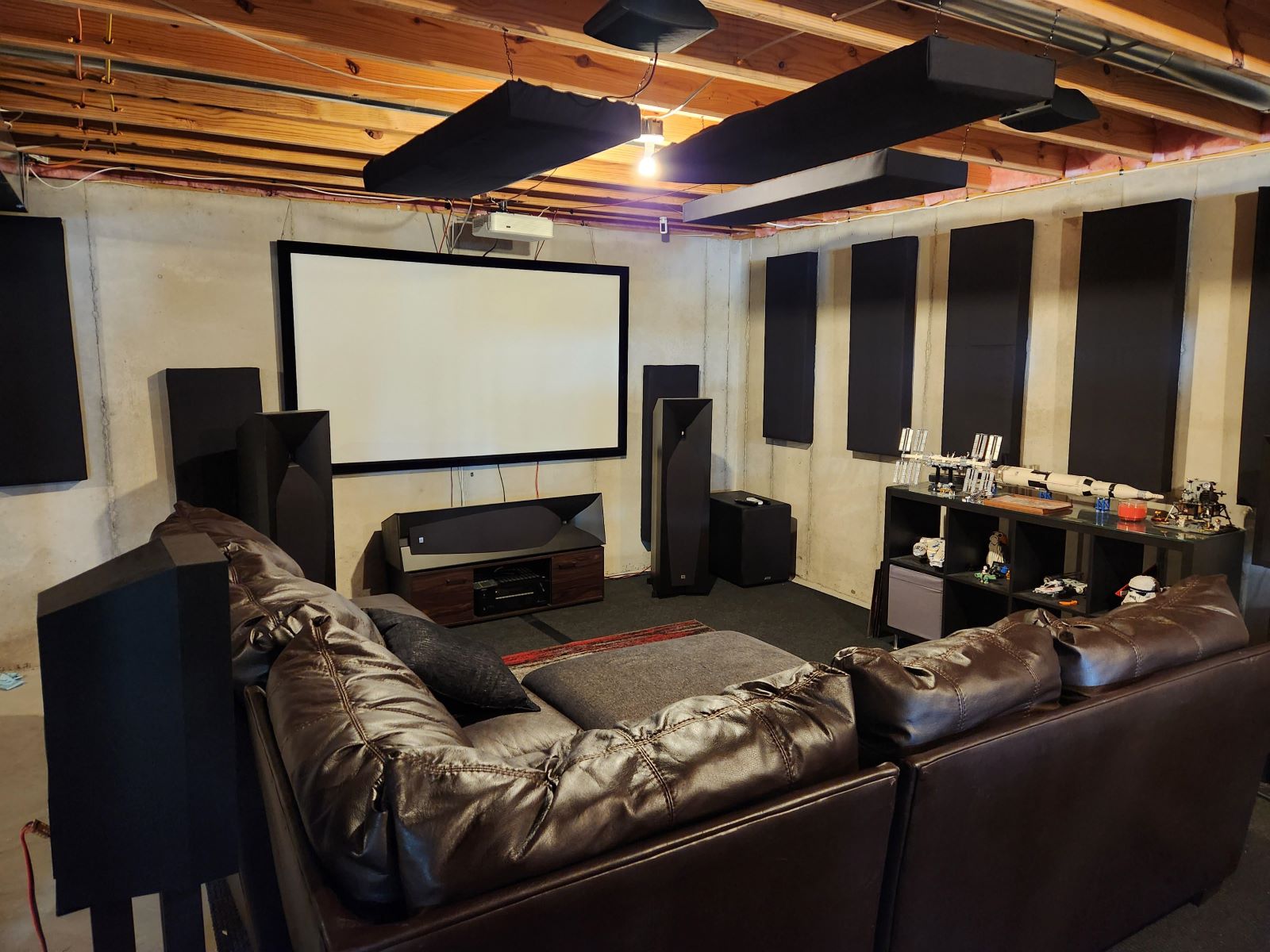
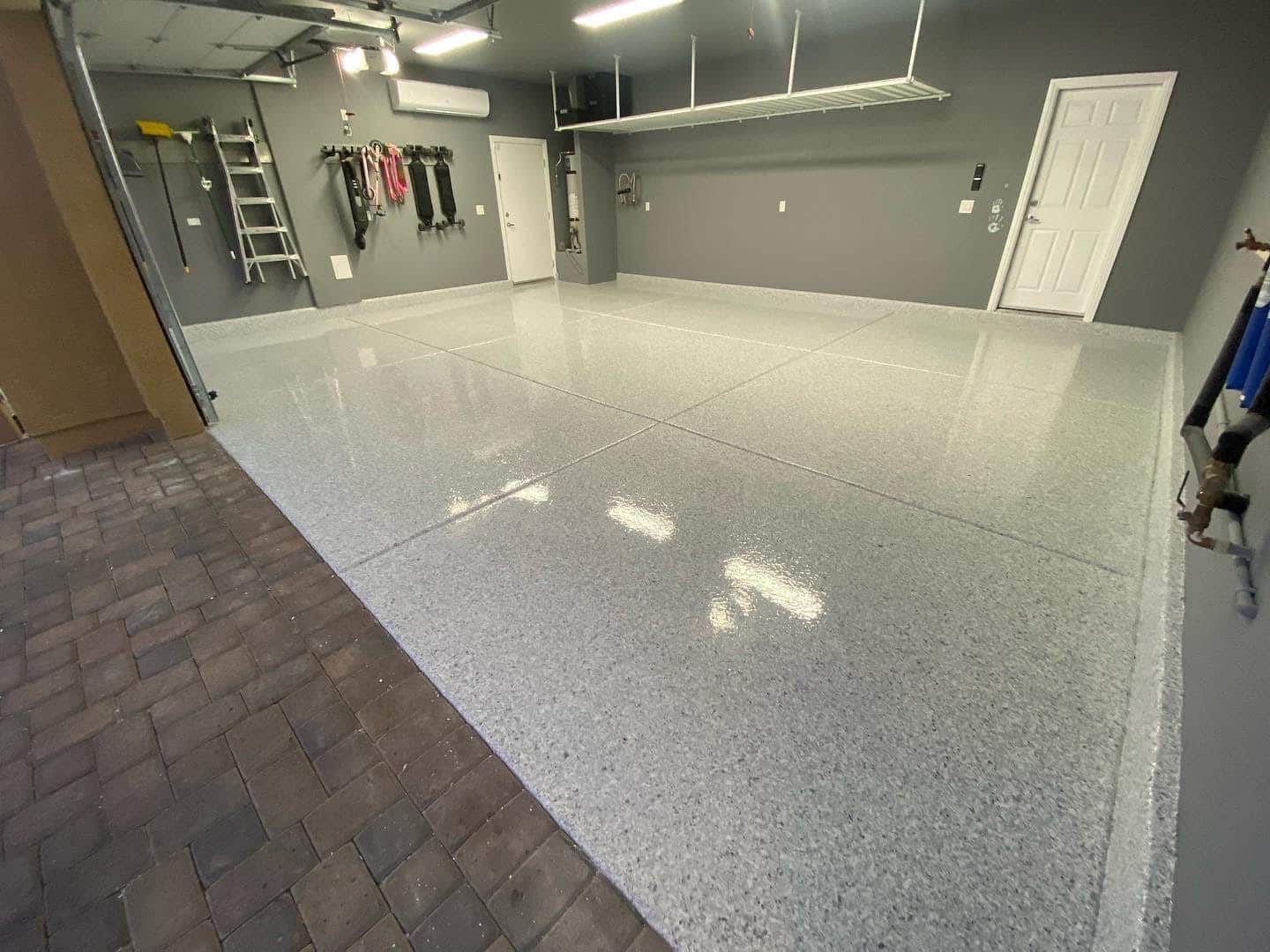
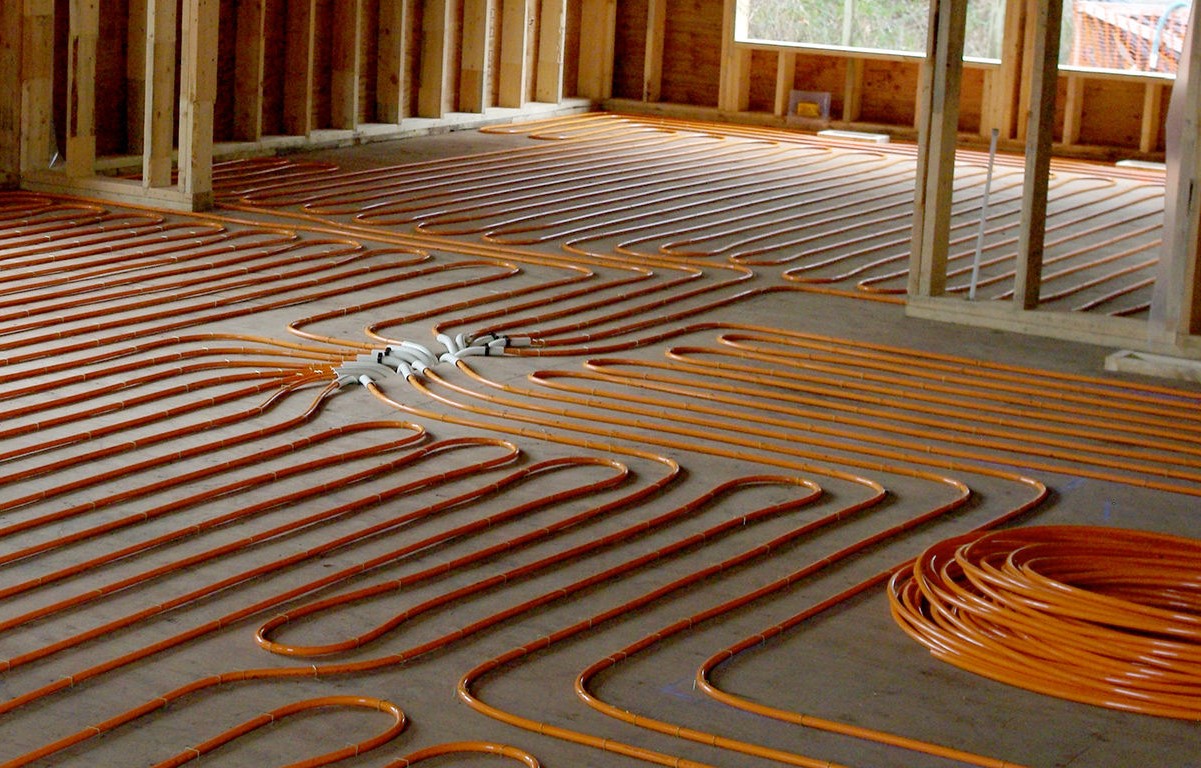

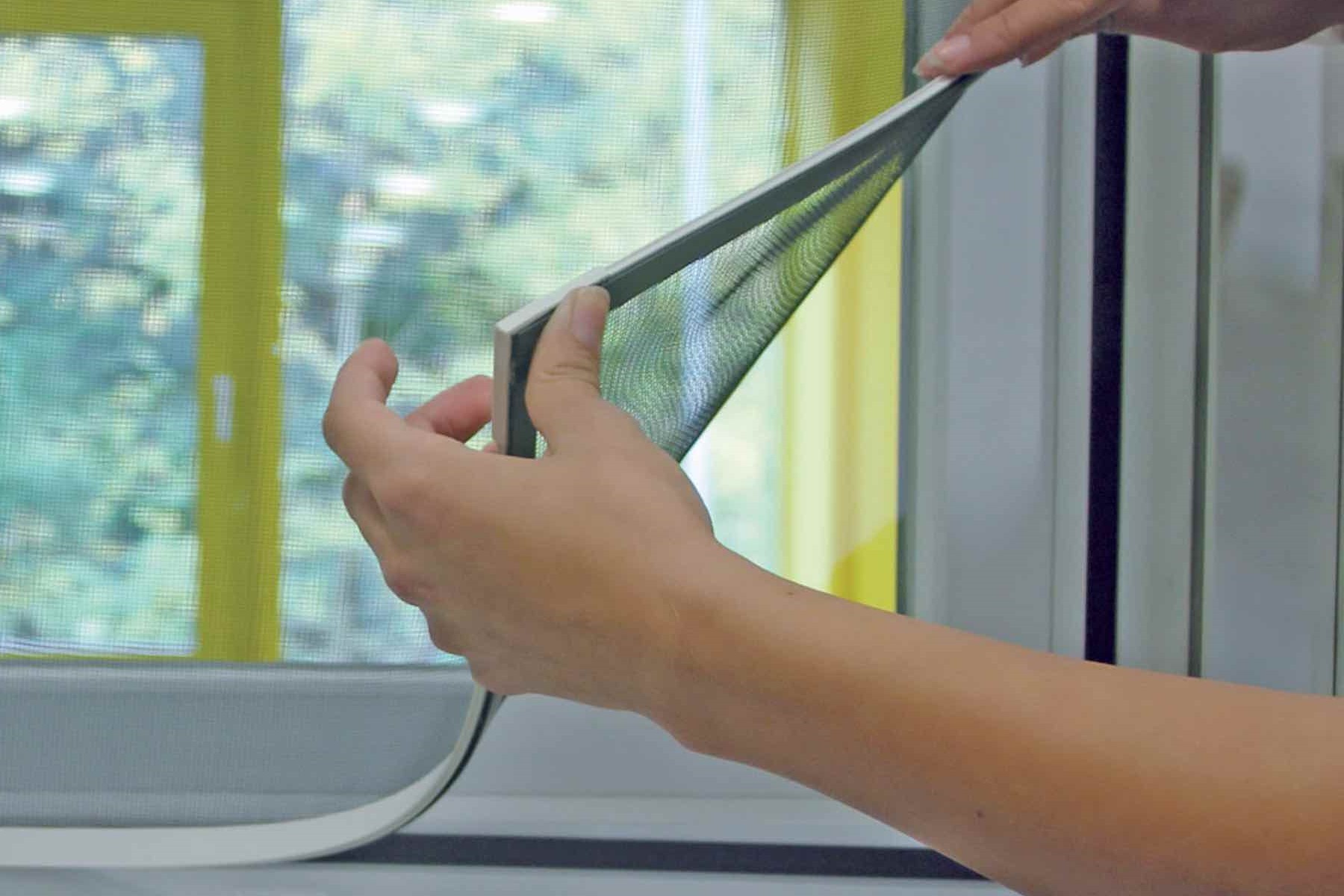



0 thoughts on “Upgrading Your Home’s Basement With DIY Magnetic Flooring System”